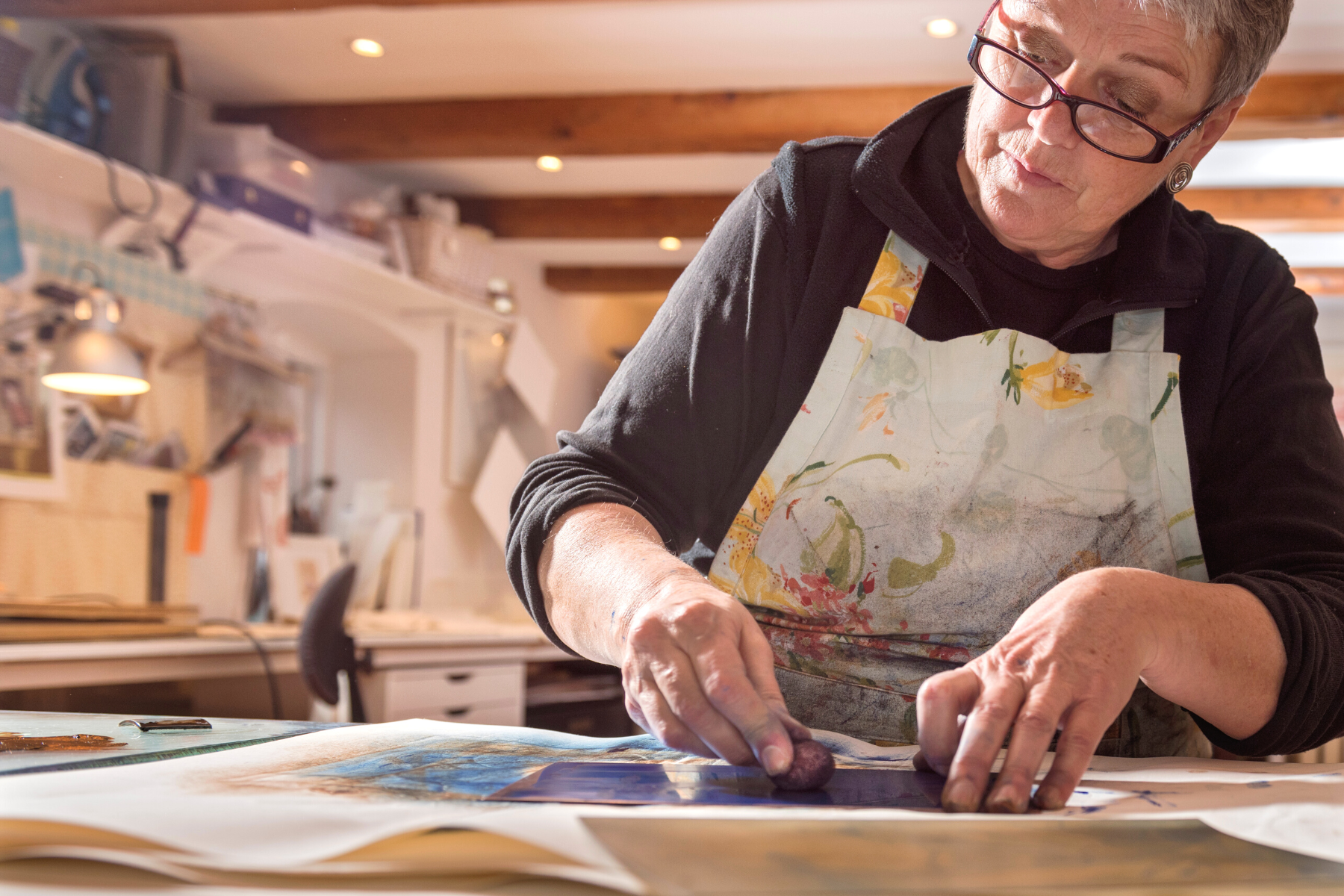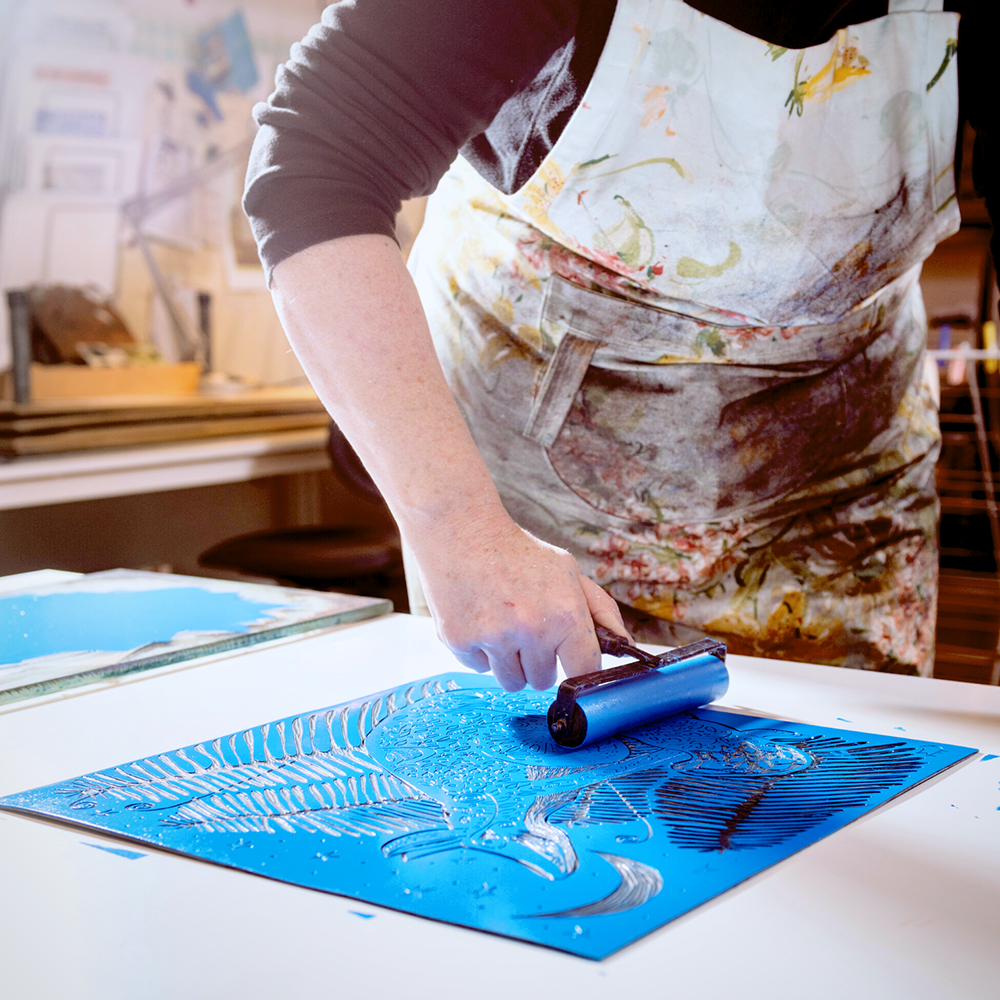Printmaking is a great way to create beautiful pieces of art, and it's easier than you might think!
If you're interested in learning about printmaking, you've come to the right place.
This beginner's guide will teach you the basics of printmaking, including the different techniques and materials you'll need to get started.
By the end of this guide, you'll have a good understanding of how to get started with printmaking and be on your way to creating beautiful pieces of art.
So, grab your supplies and let's get started!


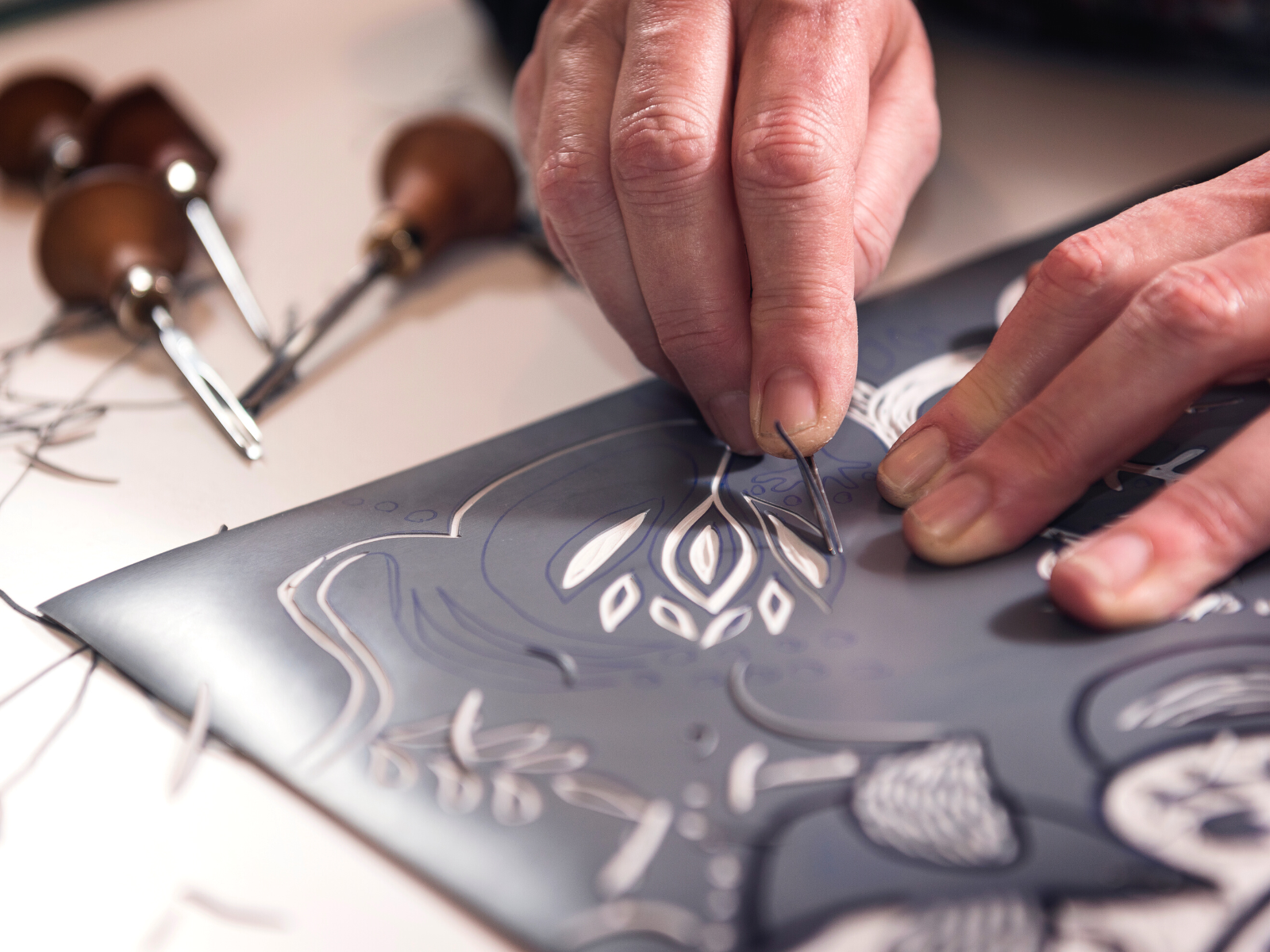
The Basics of Printmaking
Printmaking, somewhat similar to painting, is a process of making art by printing images onto paper or other materials.
Traditional printmaking techniques create images by using plates, blocks, or screens that are covered with ink or paint and then pressed onto the surface.
Printmaking is a versatile medium that can be used to create a variety of images, from textual designs to abstract patterns.
A great benefit of most types of printmaking is that you can create multiple impressions of the same design, unless you are using monotype printing.
Printmaking can be made with a variety of materials, including wood, metal, stone, paper, and even fabric.
Some artists use a combination of materials to create unique visual qualities.
The most common type of printmaking is a relief print, which involves creating a design on a block or plate and then pressing the block or plate onto paper to create an image.

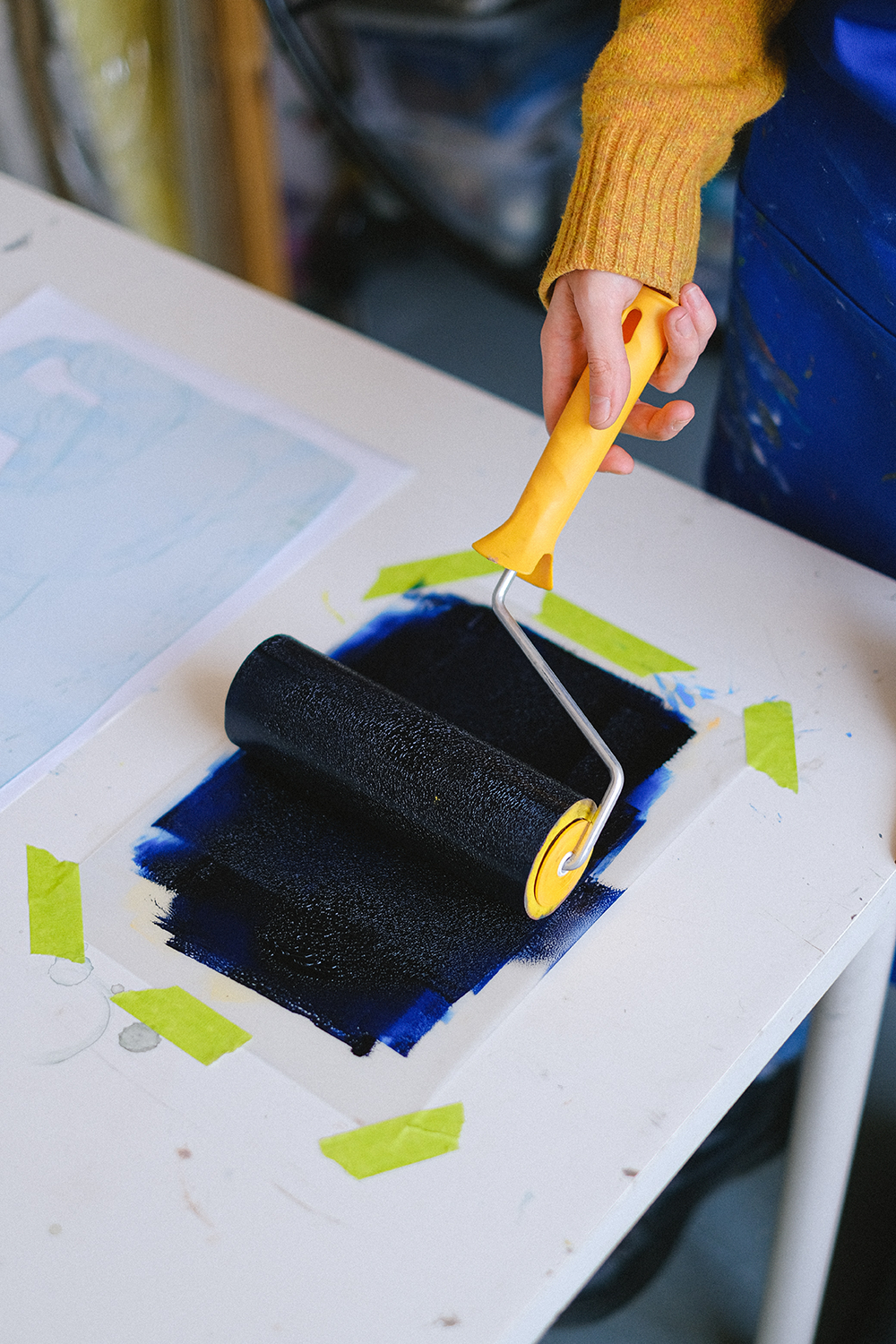

Printmaking History
Printmaking has a long history that can be traced back to the 15th century.
At first, it was used primarily for religious and political purposes, but over time it evolved into a more artistic medium.
The printing press was a game-changer for printmaking, as it greatly increased the speed and accuracy of producing prints.
As time continued, printmaking had become an important part of the art world and was used by both professional and amateur artists.
For example, Japanese ukiyo-e, or woodblock printing, was quite popular from the 17th to 19th century, and these woodblock prints were used to depict daily life.
The 19th century saw a surge in popularity for printmaking in Europe, leading to the creation of many different schools and styles.
In the 20th century, printmaking became even more popular as artists explored new and innovative ways to use the medium.
Today, printmaking is still an important part of the fine art world, and the printing process can be used to create everything from portraits to abstract images.
It's a versatile medium that allows artists to experiment and express their creativity through the artistic process.
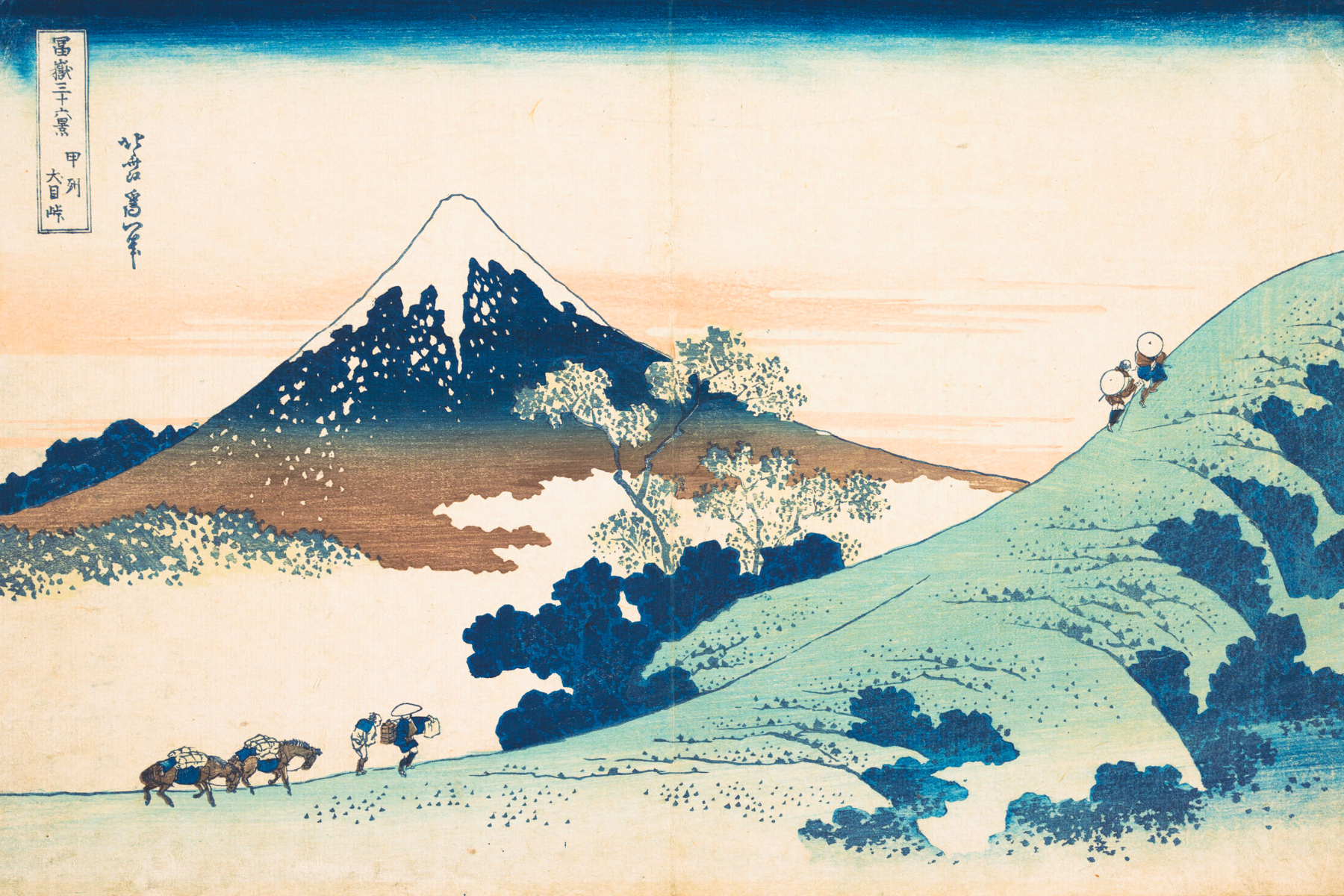
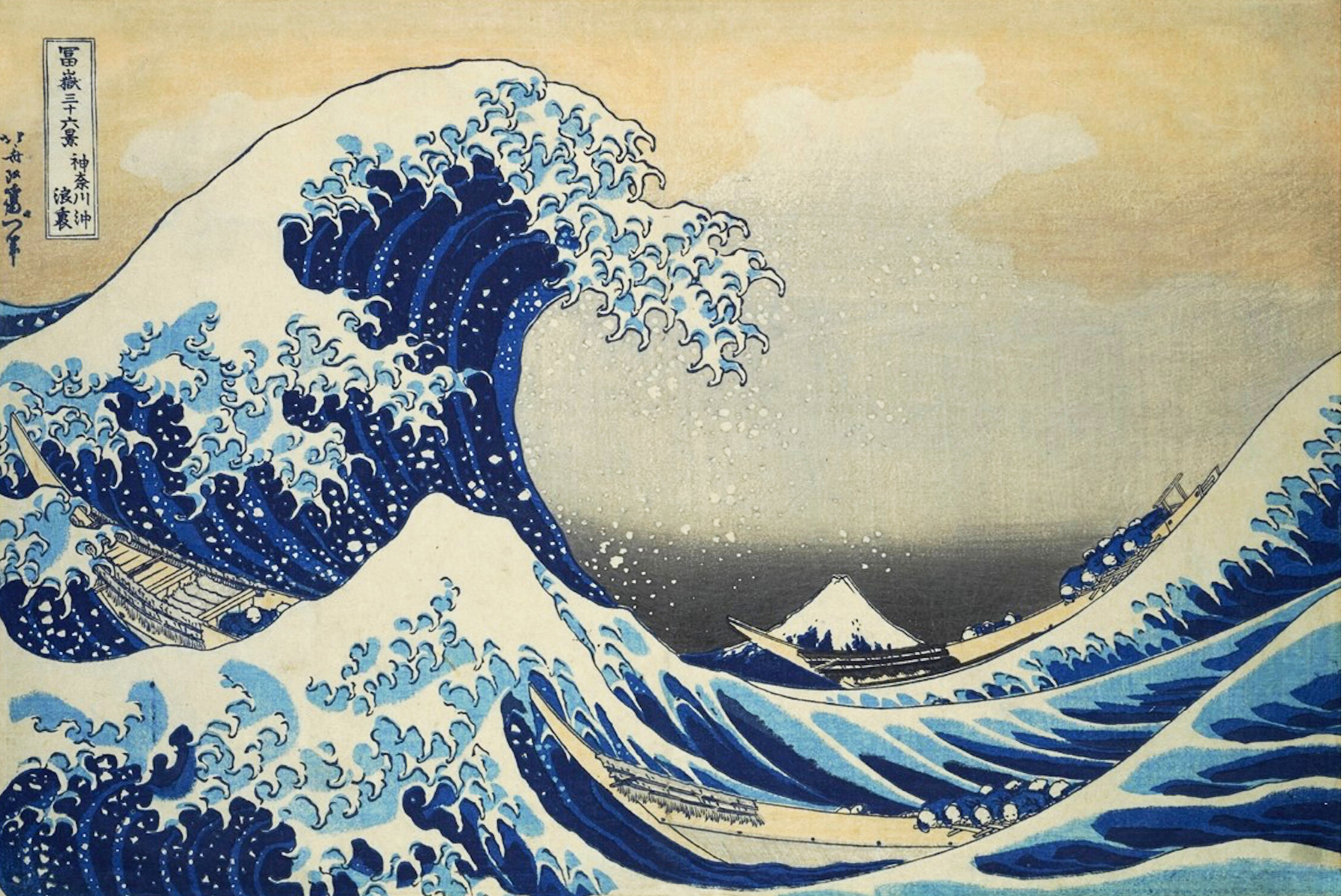
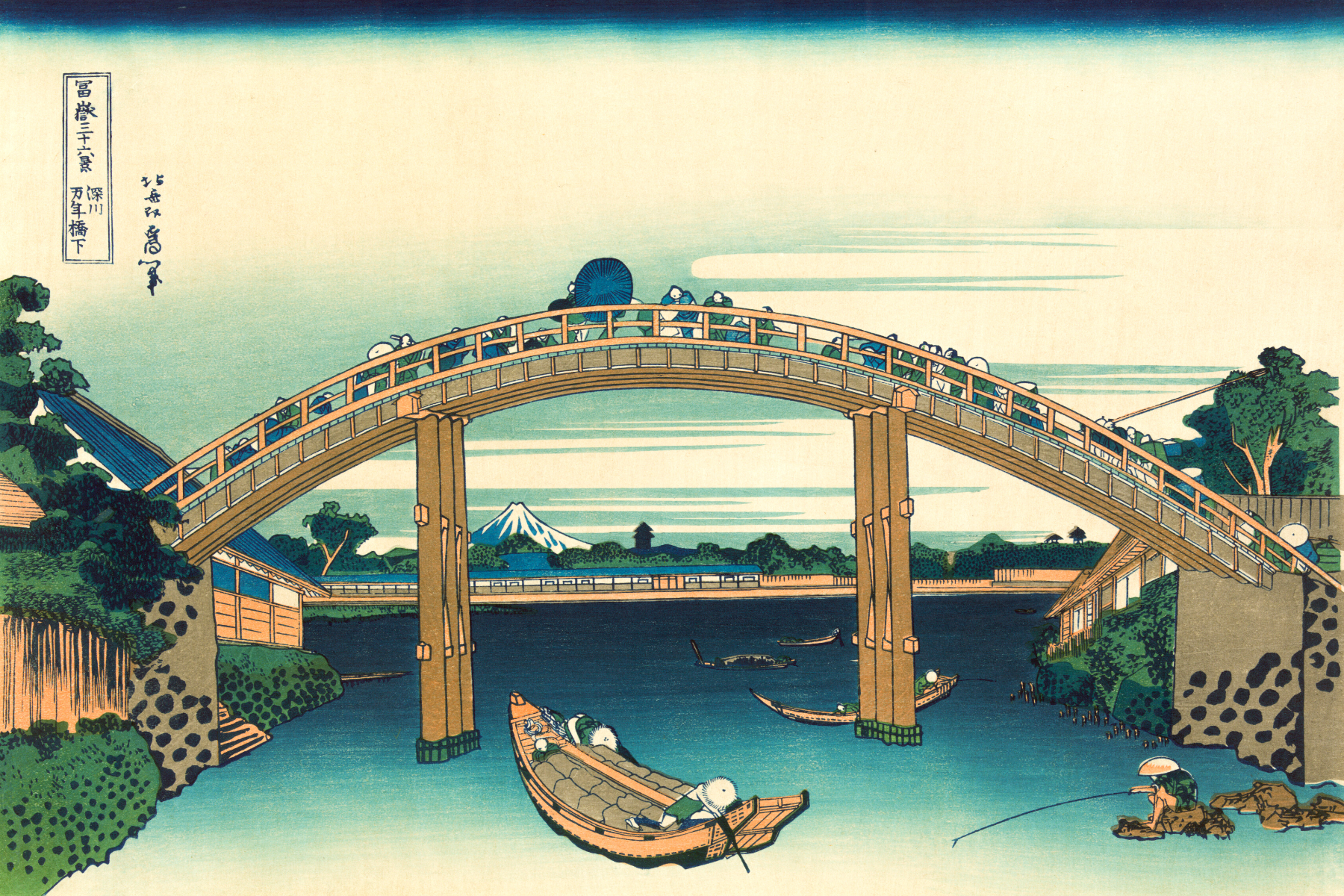
Types of Printmaking
There are many different types of printmaking processes that use a variety of techniques and materials.
Each type of printmaking comes with its own set of benefits and drawbacks.
Some common printmaking techniques include intaglio, relief, screen printing, and lithography.
Intaglio is a type of printmaking that uses a printing plate with incised lines and grooves.
The ink is applied to the surface, then wiped away, leaving the ink in the indentations.
Relief printing is a popular technique that involves pressing an inked block onto paper to create an image.
Screen printing uses a mesh stencil to create prints, and lithography is a type of planographic printmaking in which the image is printed from a stone or metal surface plate.
You'll need to experiment with each technique to find the one that best suits your needs and goals.
Once you've decided on the type of printmaking you want to do, it's time to gather the necessary materials.
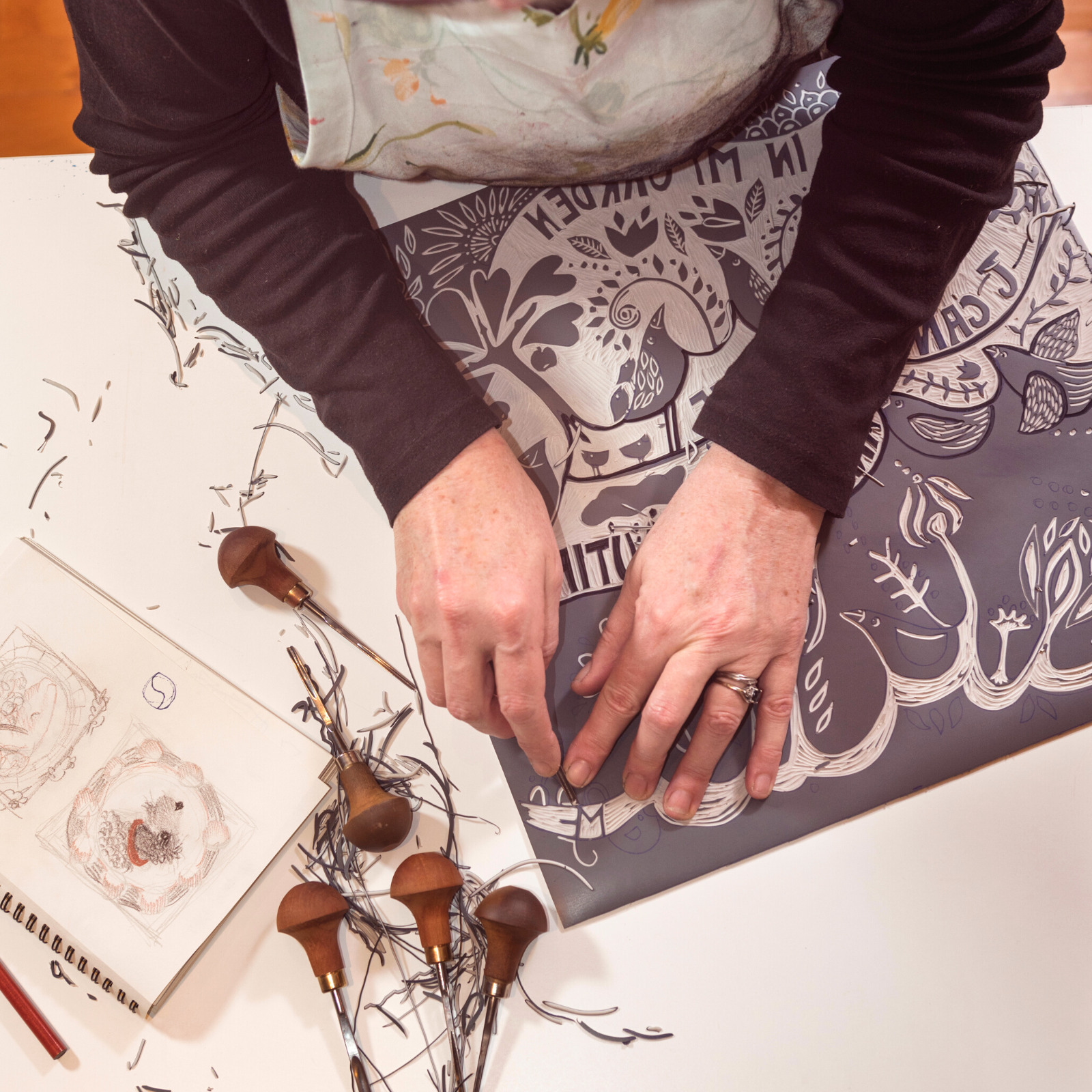
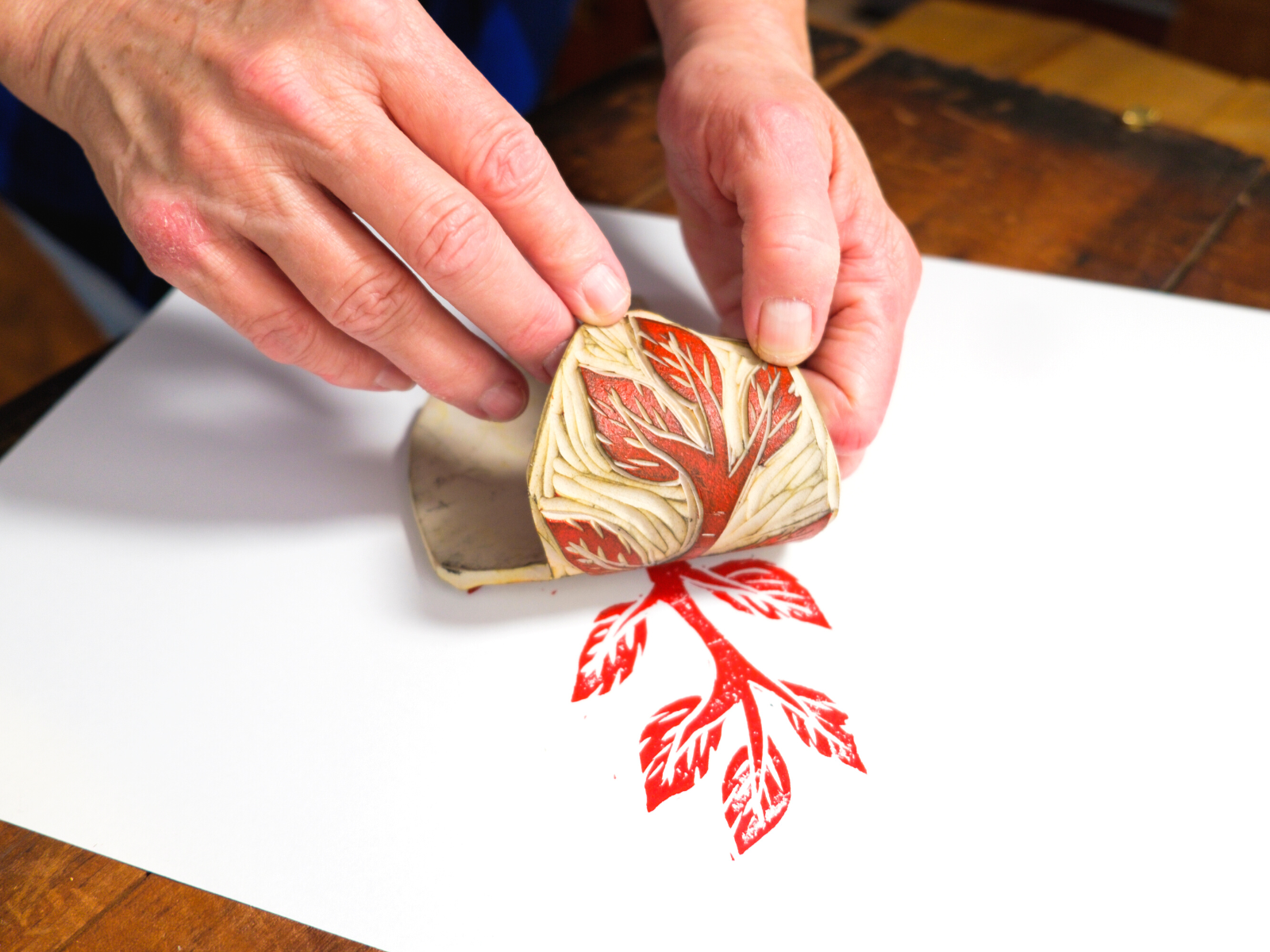

Printmaking Supplies
In order to get started with printmaking, you'll need some basic supplies.
First, you'll need a surface to print the inked surface on, such as paper or fabric, but make sure you have a flat surface to work on.
Next, you'll need something to transfer your image onto the surface, such as a woodblock or screen.
Finally, you'll need ink or paint to fill your block or screen.
Once you have these supplies, you're ready to start creating prints!
Common printmaking supplies include (but are not limited to):
- Printmaking paper
- Ink or paint
- Brayers (rollers for inking)
- Blocks or plates
- Woodcut tools and chisels
- Screen printing frames and mesh
- Etching needles
- Lithography stones or plates
These supplies can be found at most art stores or online.
Even if you're just starting out, it's important to get quality supplies so that your prints turn out looking great.
You may even want to invest in a printmaking kit, which includes all of the essential supplies you'll need.
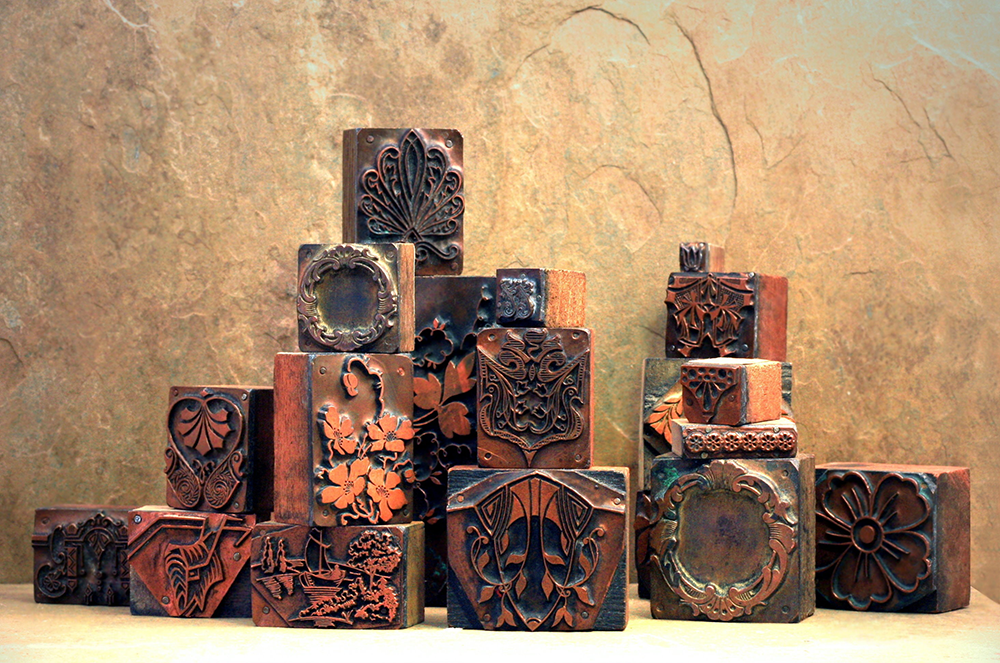


Starting Printmaking
Now that you have all of the supplies you need, it's time to start creating prints!
The exact process will vary depending on the type of printmaking you choose to do, but it's important that you cover the entire surface with pigment.
For relief printing, you'll need to carve or stamp your design onto a block or plate, then ink the block and press it onto paper.
With intaglio techniques, you'll need to incise your design onto a plate, then ink the plate and run it through a press.
Screen printing requires that you create a stencil and apply it to your mesh before inking the surface and pressing it onto paper.
And for lithography, you'll need to create a design on a stone or metal plate before inking and pressing it onto paper.
Once you've mastered the basics of printmaking, you can begin to explore more complex techniques such as monoprinting or chine-collé.
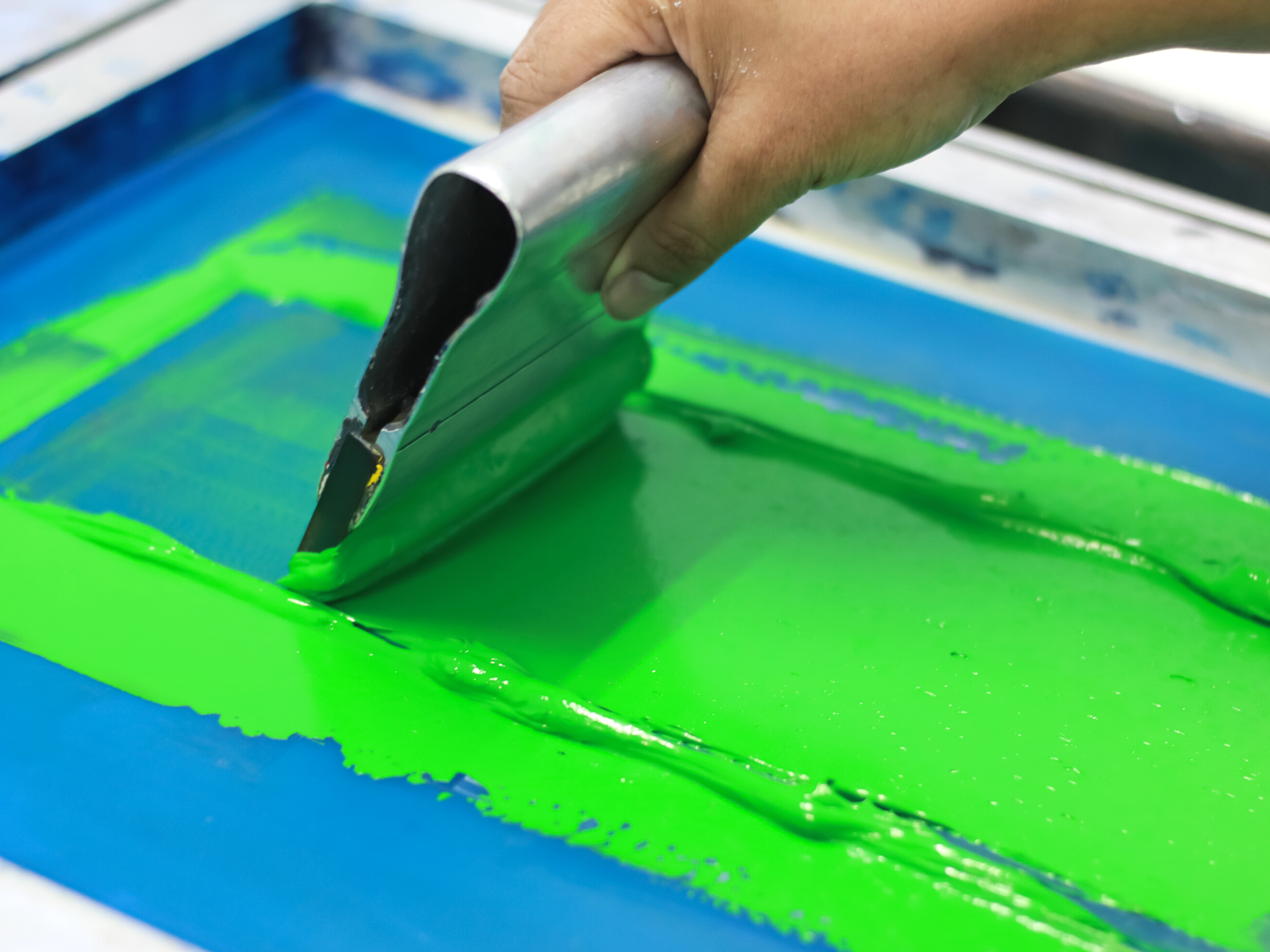
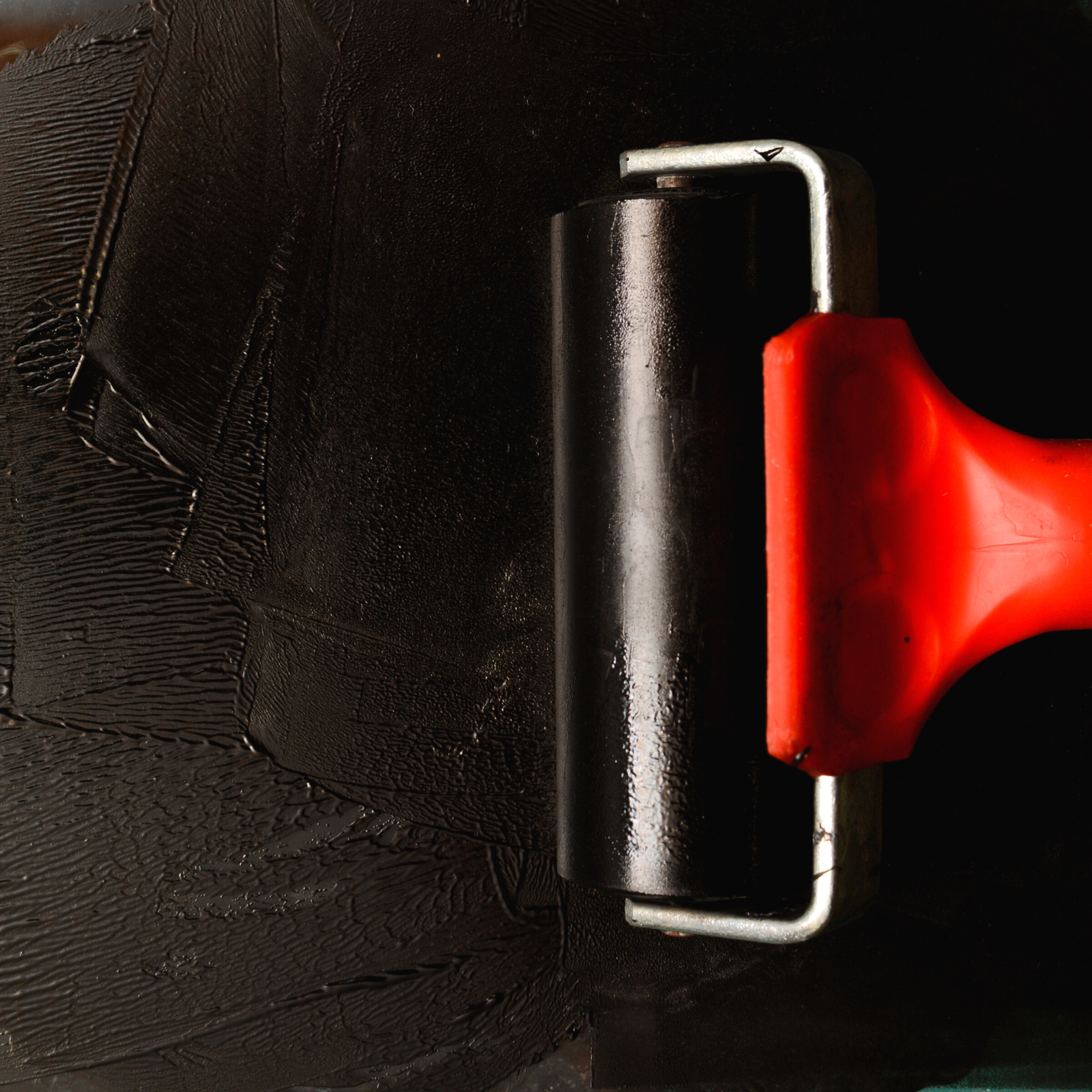
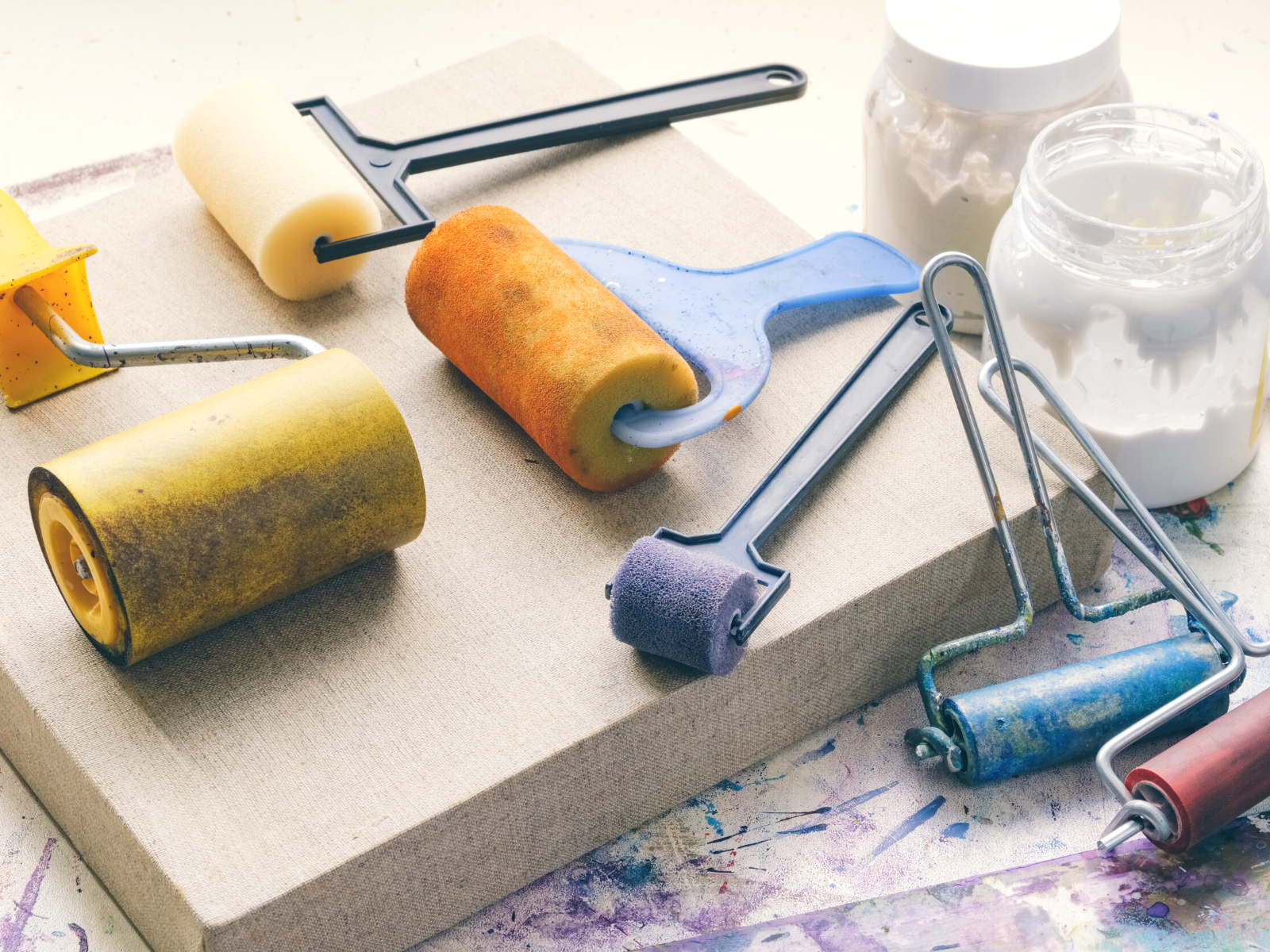
Tips for Beginner Printmakers
Printmaking can be a fun and rewarding activity, but it can also be quite challenging.
Here are a few tips for beginner printmakers to help you get started:
- Take Your Time
The key to successful printmaking is patience.
Allow yourself plenty of time to experiment and make mistakes until you get the hang of it.
- Start Small
Begin by creating simpler designs with fewer colors until you become more familiar with the process.
- Practice, Practice, Practice
The more you practice, the better you'll become.
Like any skill, printmaking takes time and dedication to master, so don't be discouraged if your first attempts aren't perfect.
- Keep an Open Mind
Be open to different techniques and materials, as there's always something new to learn.
Keep in mind that printmaking is a creative process, so have fun and don't be afraid to experiment.
- Have Fun!
Above all, remember to have fun with printmaking.
Experiment and explore different techniques, materials, and designs; it's all part of the creative of the creative process.
Printmaking is a great way to express creativity and create beautiful works of art that are sure to impress.
With time and patience, you'll soon be able to create amazing prints that you can treasure for years to come!
Keep these tips in mind, and you'll be a master printmaker in no time!

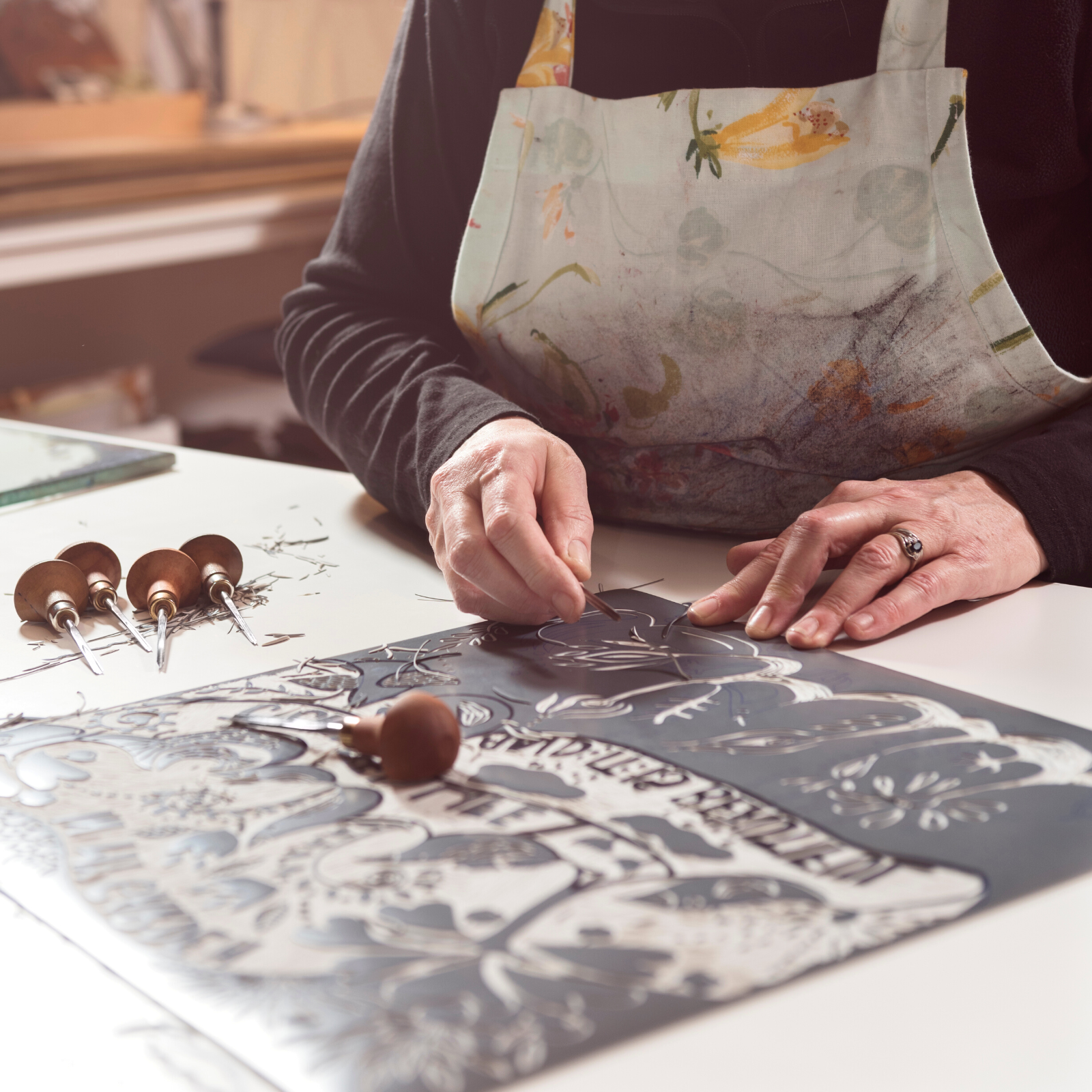
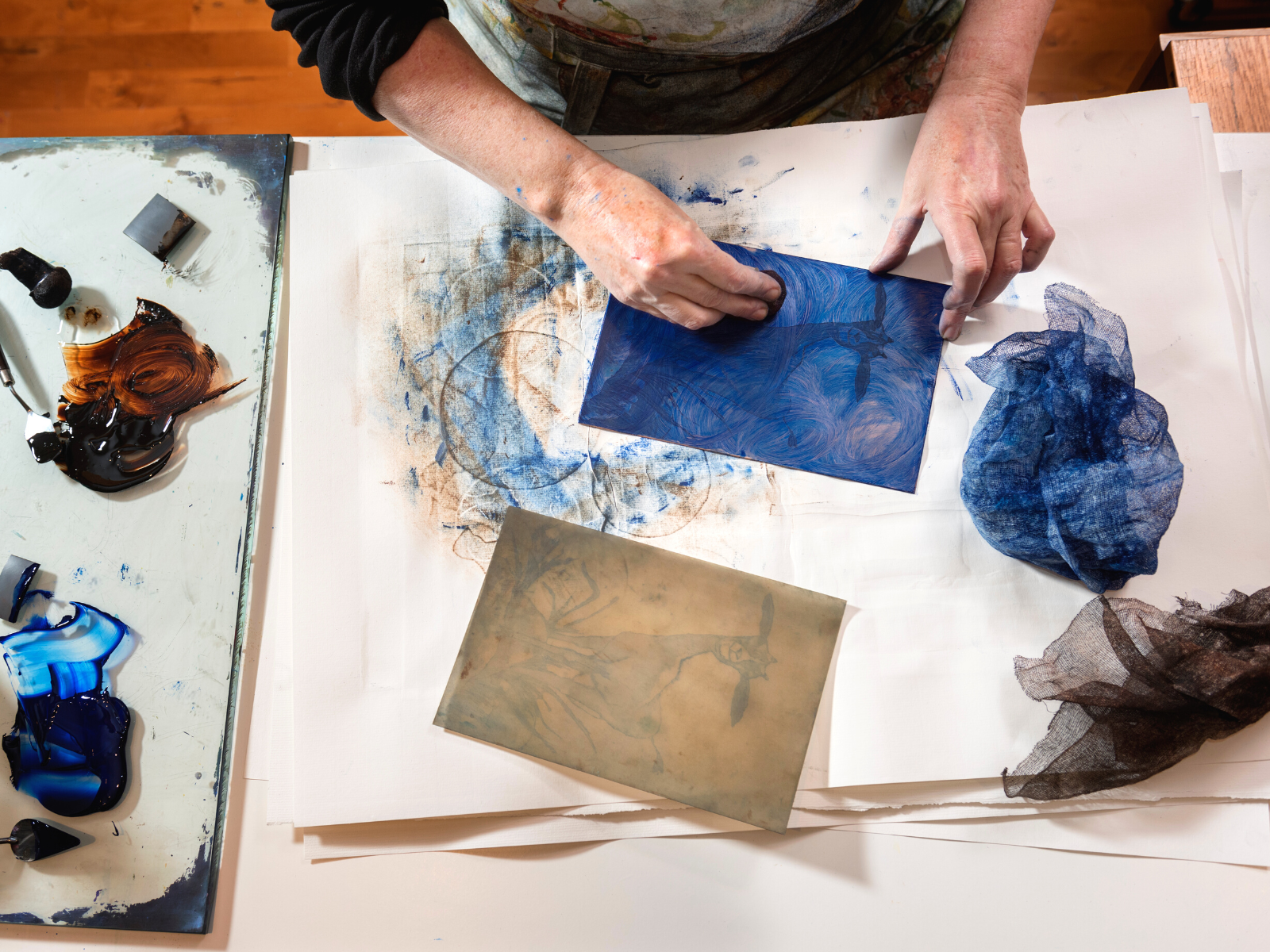
Creating Prints
Printmaking is a rewarding but challenging process that can yield beautiful results.
With this beginner's guide, you should now have a good understanding of the basics of printmaking and be ready to get started on your own prints.
Experiment with different techniques and materials until you find the combination that works best for you.
With practice and patience, soon you'll be creating stunning prints that are sure to impress family and friends alike.
Happy printmaking!

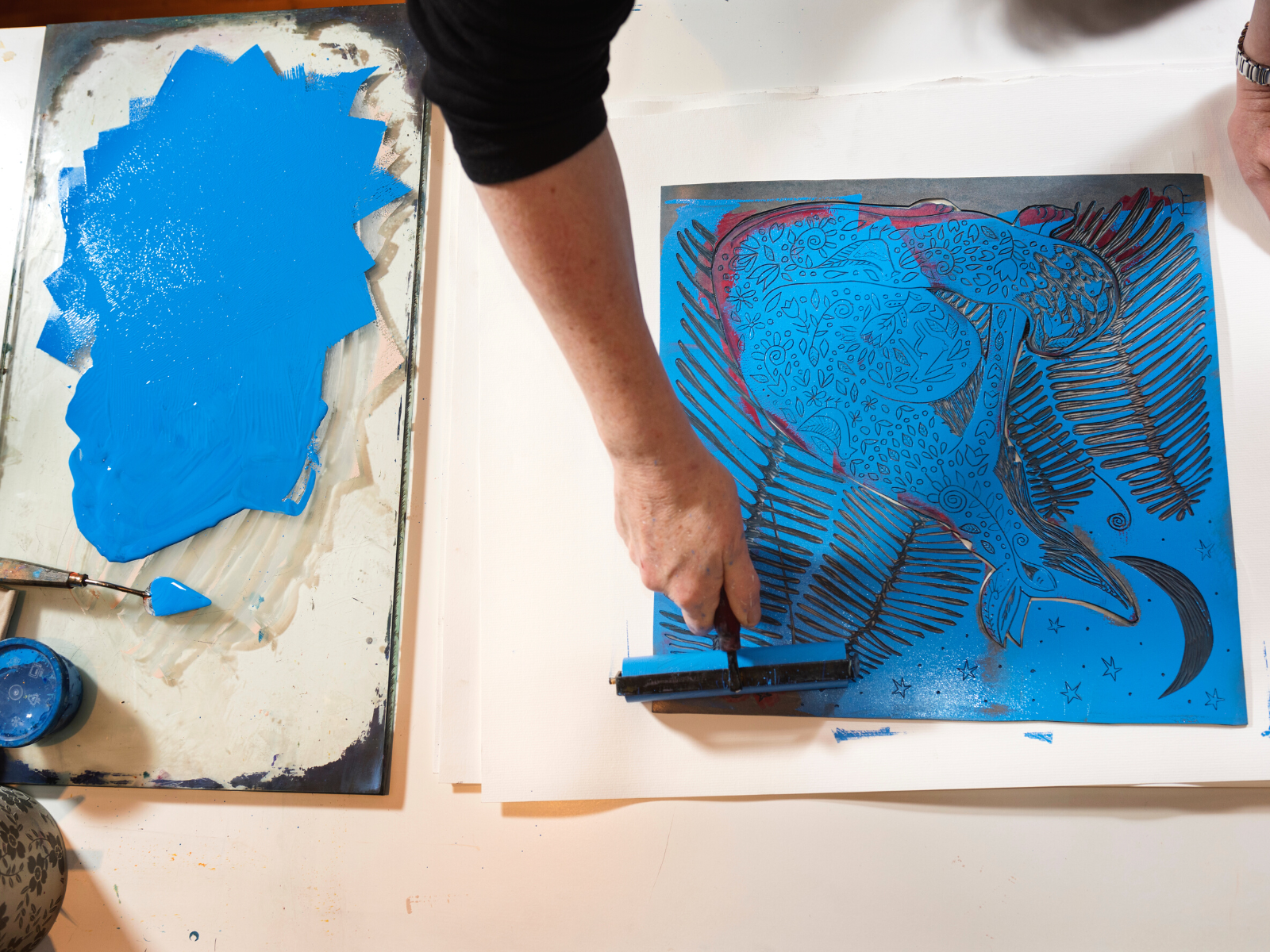

Looking to learn more about the printmaking process? Check out ehollingsheadart's video!
Want even more content about creativity and art?
Be sure to check out all of our creative chronicles!
Interested in learning what else you can do with paints?
Check out some of our other painting articles:
